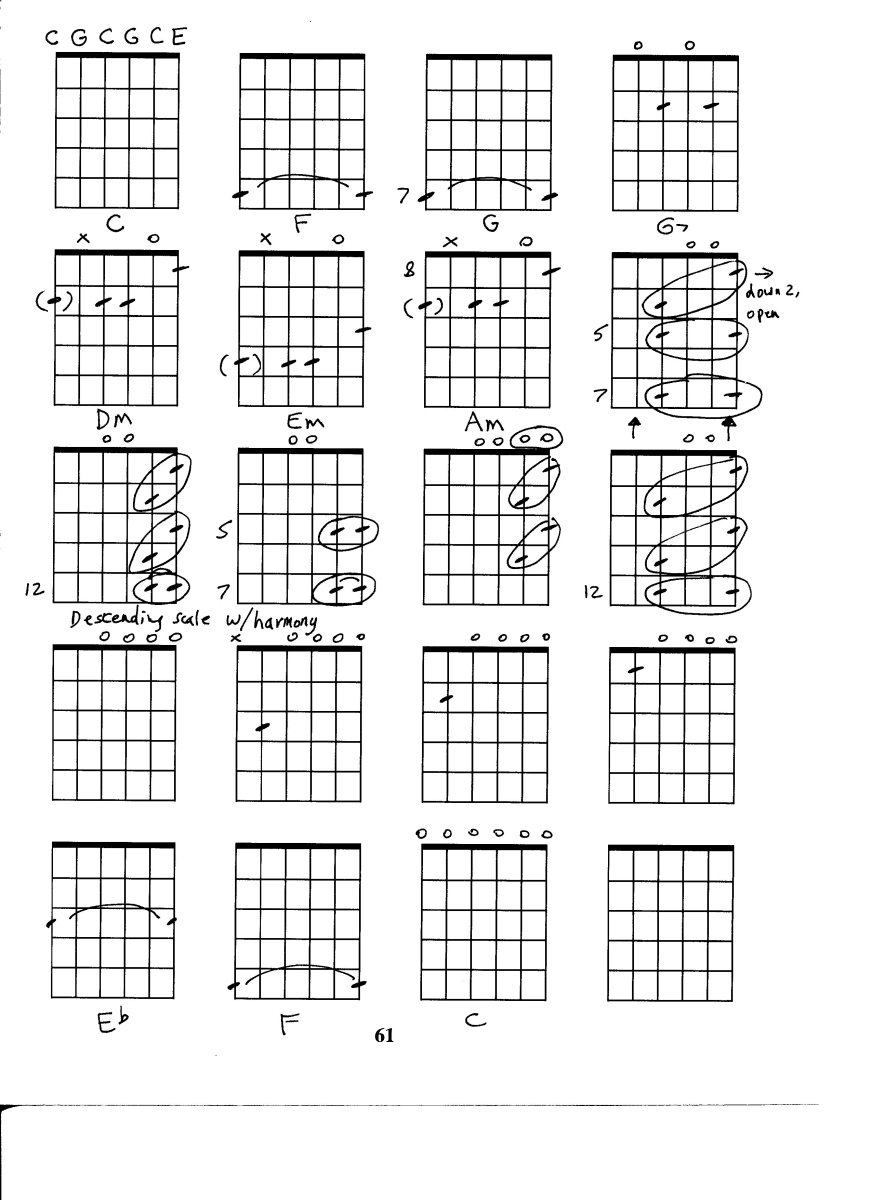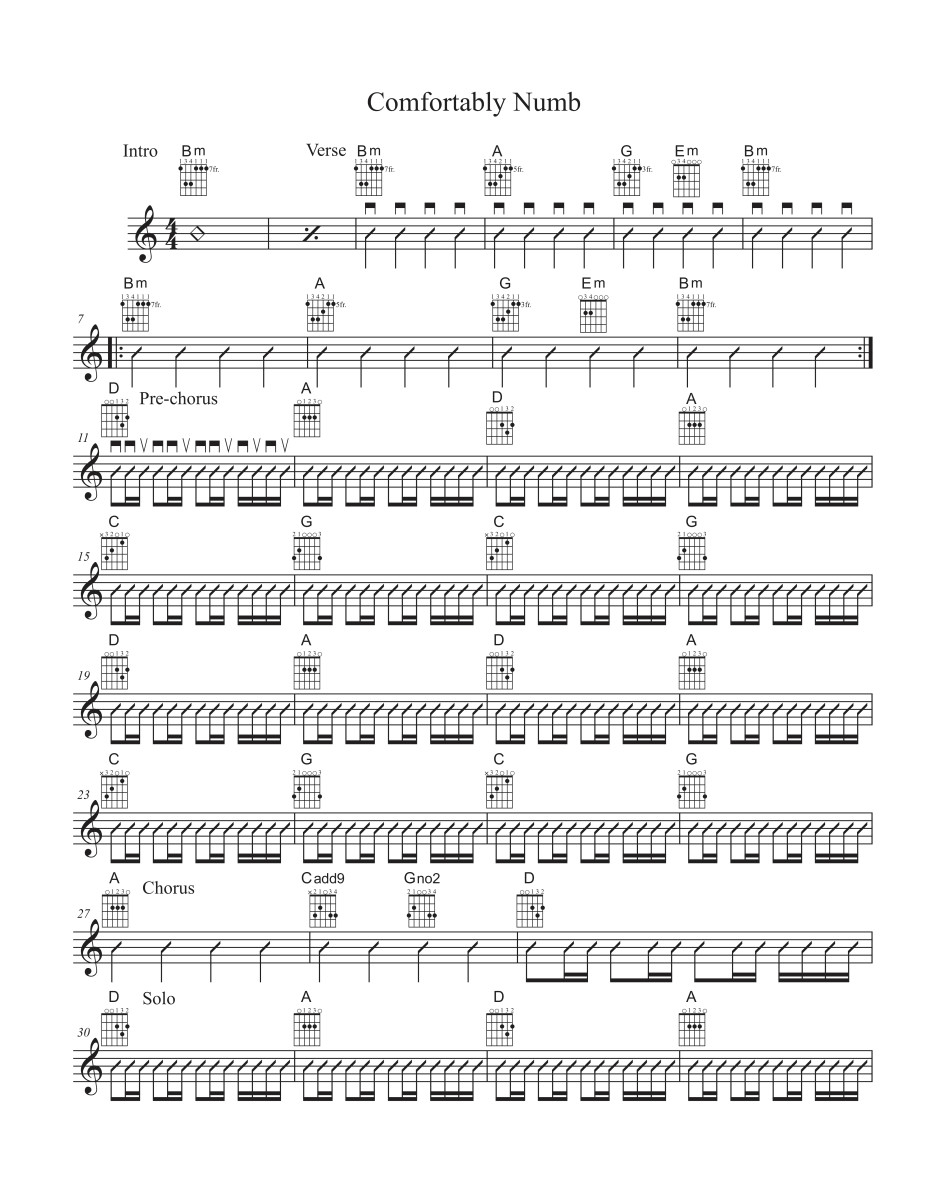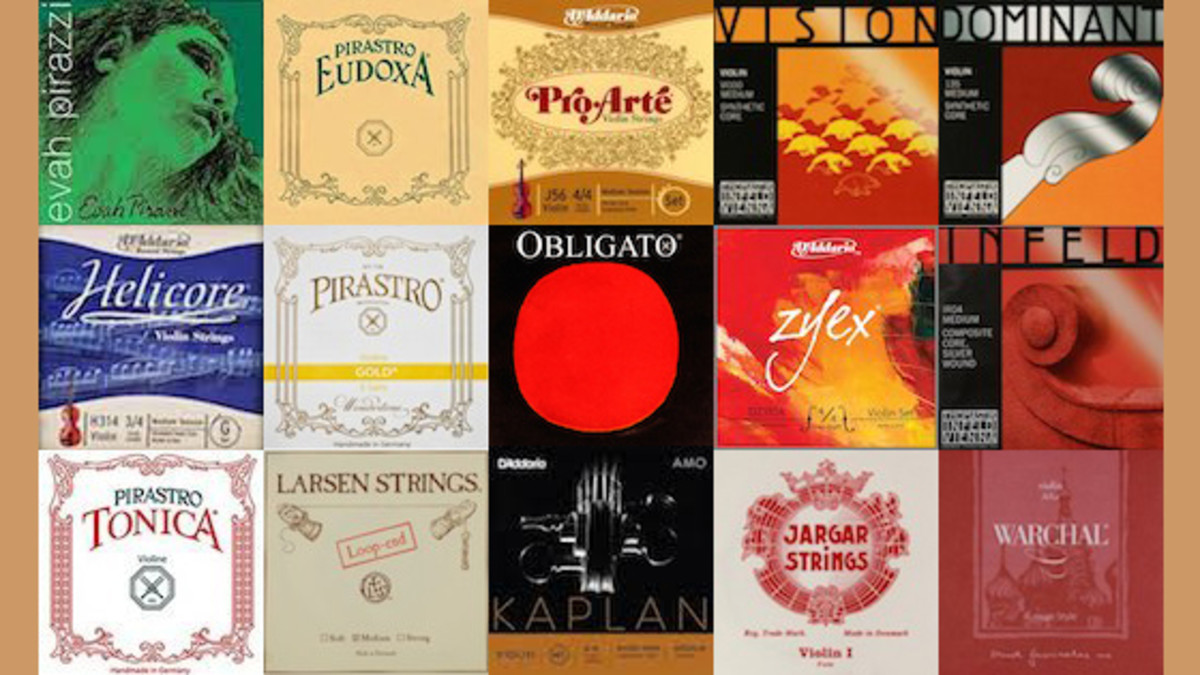How to Play Guitar: Very Beginner's Guide
Introduction to the Guitar
Playing guitar is a pleasure that requires some effort in order to achieve it. Is this effort worth it? YES.
I believe that any instrument is worth to learn. Unfortunately there is no time to learn them all, many times I wish there was.
Is it difficult to play guitar? No. “Every instrument is easy to play. Difficult is playing them well.”
So, starting on this basis, it is up to you to which level you will be playing the guitar.
These tutorials are a start to get you motivated and started on the idea of learning to play guitar, they do not intend to substitute a real tutor. I believe that the easiest way of learning an instrument is with the help of a good teacher.
Learning how to play guitar is a process that requires time and patience. It is a problem solving process. You will have to overcome each step by practicing it a lot. The more you practice the better you will be prepared to improve. Every time you are practicing something you will be looking forward to the next one, you will probably never appreciate the obstacles you already overcame. If you have in mind what you know at this very moment you will be able to compare with what actually you will know after each step. I will give you the exercises; you will be responsible for yourself. Don't just do them, do them well.
The Guitar
There are various kinds of guitar. Electric, Classic, Folk, Flamenco,
Portuguese...
I always suggest to my students to actually start learning on a Classic guitar
with nylon strings. Once you know some basic things like chords and scales you
can then try them out in other guitars like an electric one. Of course there is
some specific techniques for each kind of guitar, if you have a good basic
knowledge it will be easier to learn the specific techniques.
Although there are guitars with different number of strings, the one you want
to learn is the "normal" 6 string guitar. The 12 String guitar is the
same as the 6 as they are in groups of two. There are also 7 string electric
guitars but you won't actually need one of those...at least until you are
playing Steve Vai songs.
Guitar Parts

Think the guitar in three parts: Head, Neck and Body.
The Head is where you tune your strings using the Pegs.
The Neck is where you will use your left hand (lets imagine you are right
handed) to press the notes. Each string on each fret is a note.
The Body is where you use your right hand to pull the strings and make them
sound. The body Hole will project the sound outside. It is also in the body
that the bridge is fixed to hold the strings.
Using Your Hands
As mentioned before, you will use your left hand on the neck and the right on
the body.
If you are left handed you have a couple of options, in your position I would
learn the guitar as a right handed person, I wouldn't change a thing, at the
end of the day when starting to play the guitar both hands seem like they are
the left hand any way, you will have to practice both hands in order to play,
so you can practice any of the hands to do any of the jobs.
"My fingers are not the right size...". There is no such
thing. I have seen very good players with very different fingers. You practice
with what you have...As long as you practice with the same fingers you will be
playing in the future you are fine. :)
The Left Hand - With the left hand you will be pressing the strings in the
various frets in order to get the notes. Each open string is a note; if you
press on the first fret you are playing half a tone higher than the open
string. If you press the second fret you are playing half a tone higher than
the first fret and one tone higher than the open string. Use the fingers in
more than one string to get combination of notes to produce a chord. (some
theory will help understanding this concepts of chords and tones, I will be
writing about music theory)
The Right Hand - With the right hand you will pull the string related with the
note you want. If you press with the left hand on the first string you then
need to pull the first string with the right hand in order to get some sound.
Left Hand Fingers
If you open your left hand and turn it to you (with the palm facing you), you
will then see your thumb on the left side. On its right is finger 1, then 2, 3
and the pinkie is the number 4.
The thumb will always stay on the back of the guitar's neck ready to slide
around the neck. The other four fingers will be working hard by coordinating
themselves around the strings and frets.
Right Hand Finders
On the right hand you will be using all fingers but the pinky. (you can use it
if you want, but there is no need for it)
You have the thumb (Pollex), Index, Medius, Annularis, and our not used picky
(Minimus). Let's consider the letters P (Pollex), I (Index), M (Medius) and A
(Annularis). P I M A
The P will pull the strings down while the I, M and A will pull the strings up.
As you can imagine, you will be able to pull four strings at the same time.
Now you have a basic understanding about the guitar. I will be adding more
articles to get you to the next level. As long as you know these basic
principles you are on your way to learn to play the guitar.









